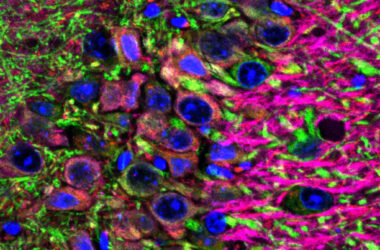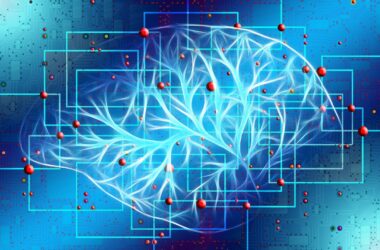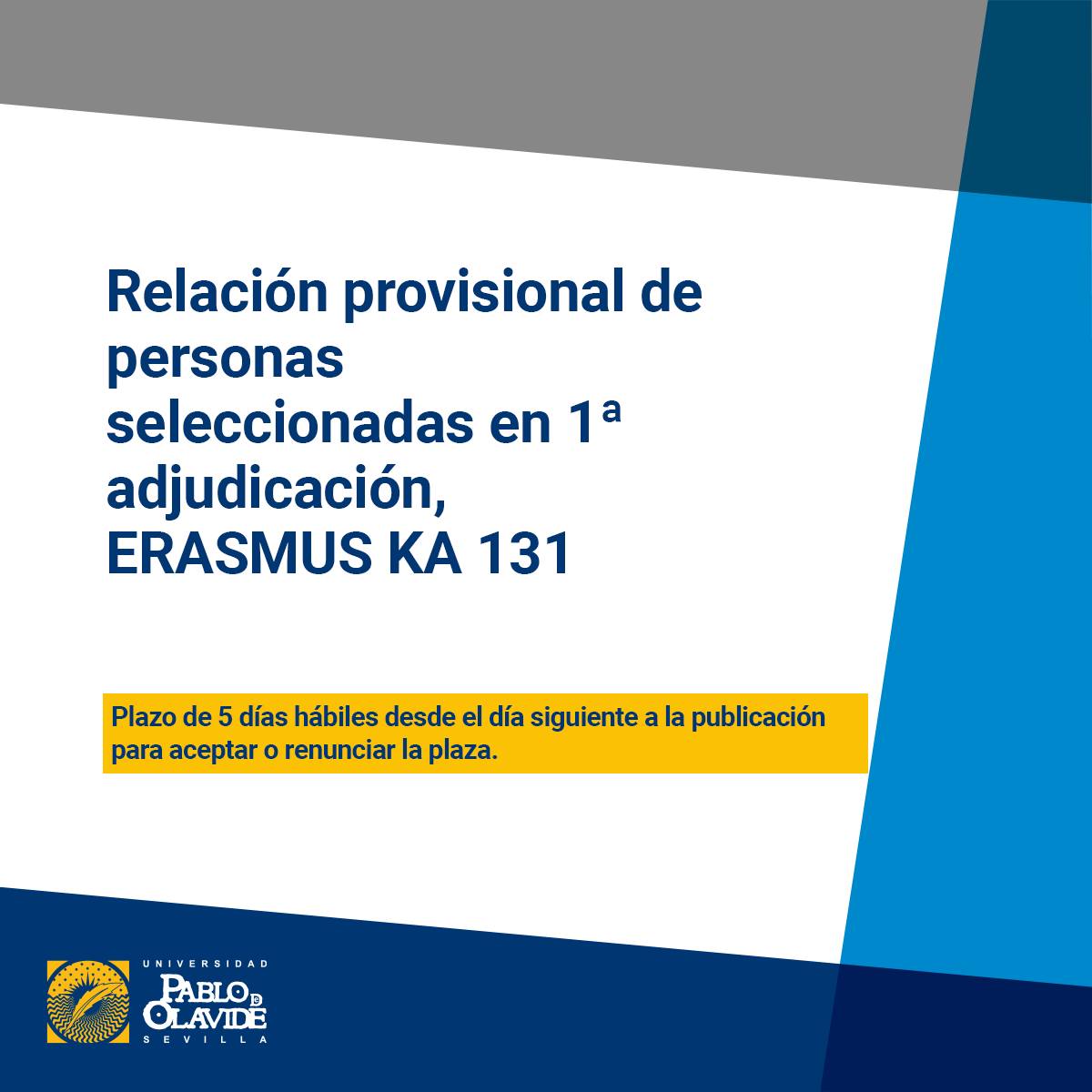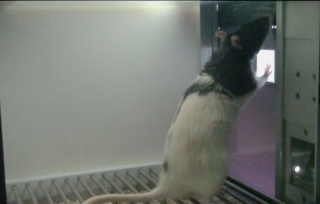
Brain-machine interfaces represent a solution for people with physical difficulties to communicate with their physical and social environment. In this work, ‘A cognition-related neural oscillation pattern, generated in the prelimbic cortex, can control operant learning in rats’, researchers have identified a functional brain pattern in prefrontal cortex, associated to cognitive processes, and have used it to activate a screen in a touch device (an iPad’s touchscreen).
The use of the neural cortical activity for operant conditioning tasks has going on for decades. In this case, however, a device patented by researchers has been used. This device allows the activation of any environmental instrument from specific electrical brain signals selected at will. In this investigation, authors worked with electrical brain signals that allowed the activation of the presentation of visual stimuli in the iPad’s touchscreen. At the same time, experimental animals had to touch those stimuli presented in the iPad to obtain a reward and, thus, properly complete the task.
One of the most interesting results of this investigation is that rats learned to increase the frequency of the selected neural pattern throughout successive experimental sessions, with the aim of obtaining the reward. Authors also prove that the selected pattern is connected to cognitive processes and not to motor or behavioral activity, which means an important progress in the design of brain-machine interfaces. Another result of interest is that the selected brain pattern did not modify its functional properties after being used to activate the associative learning. So, prefrontal cortex (a brain area particularly connected to mental processes and states) has the ability of producing an oscillatory pattern that rats can generate to control their environment.
From the point of view of research, it is beneficial to use the conclusions of this work to advance in the area of brain-machine interactions.
This work has been developed by researchers Samuel Hernández-González, Agnès Gruart and José María Delgado-García at Neuroscience Division in University Pablo de Olavide de Sevilla and Celia Andreu-Sánchez and Miguel Ángel Martín-Pascua, at Neuro-Com in University Autònoma of Barcelona. The investigation has been published in The Journal of Neuroscience and has been supported by grants from the Spanish MINECO, Junta de Andalucía and Spanish Tatiana Pérez de Guzmán el Bueno Foundation.
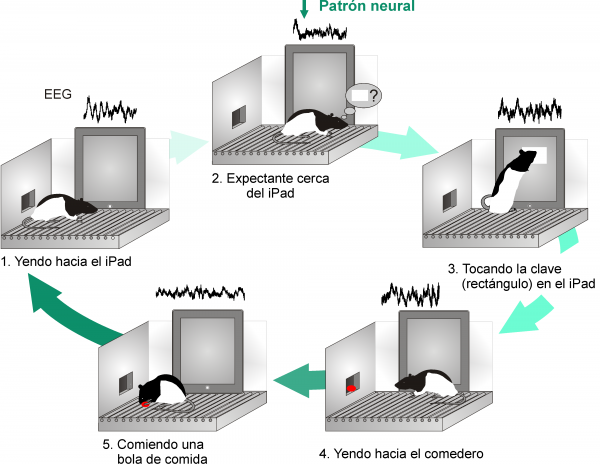
References:
Hernández-González, S., Andreu-Sánchez, C., Martín-Pascual, M.A., Gruart, A., Delgado-García, J.M. A cognition- related neural oscillation pattern, generated in the prelimbic cortex, can control operant learning in rats. Journal of Neuroscience (DOI: 10.1523/JNEUROSCI.3651-16.2017)

